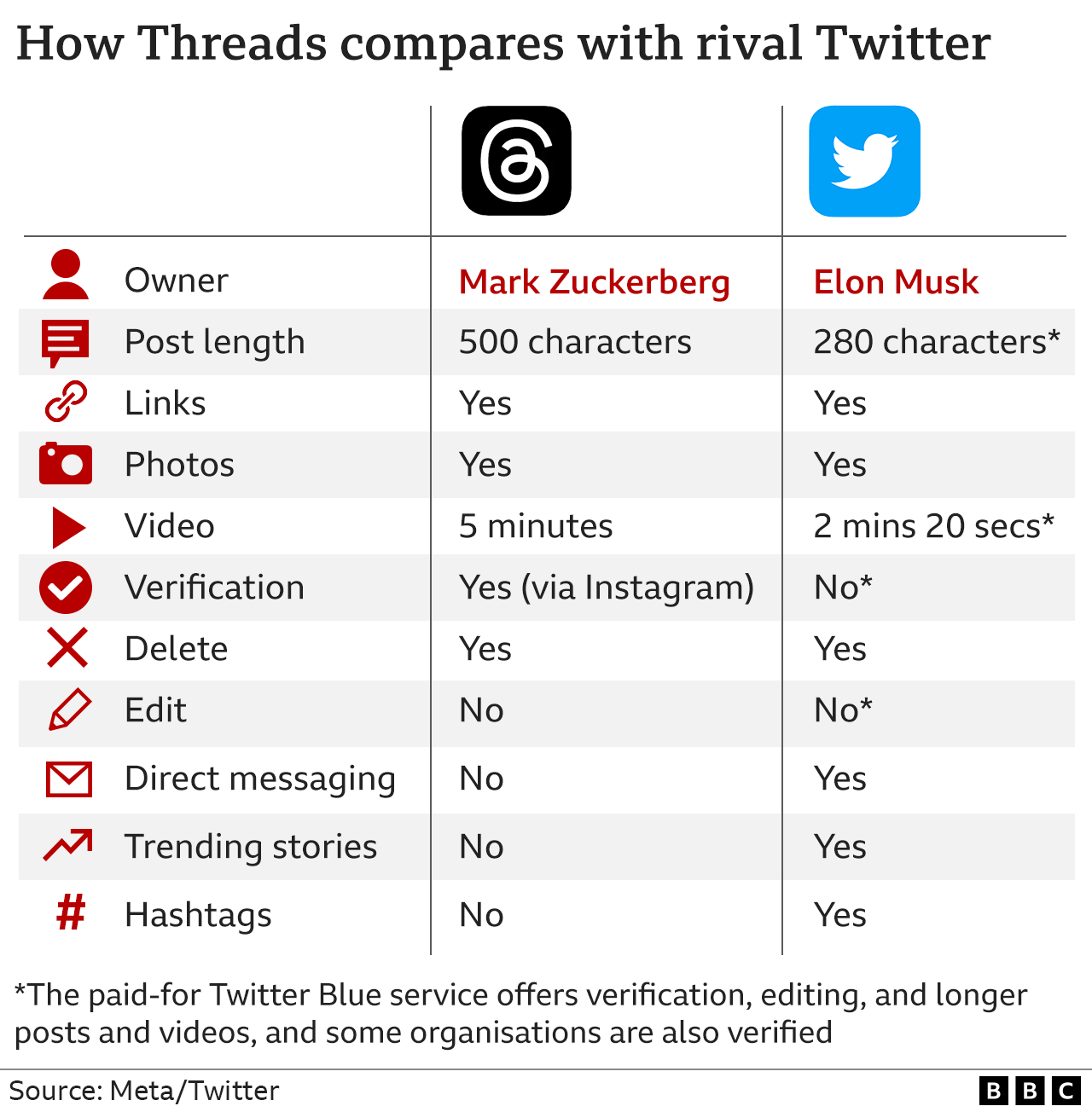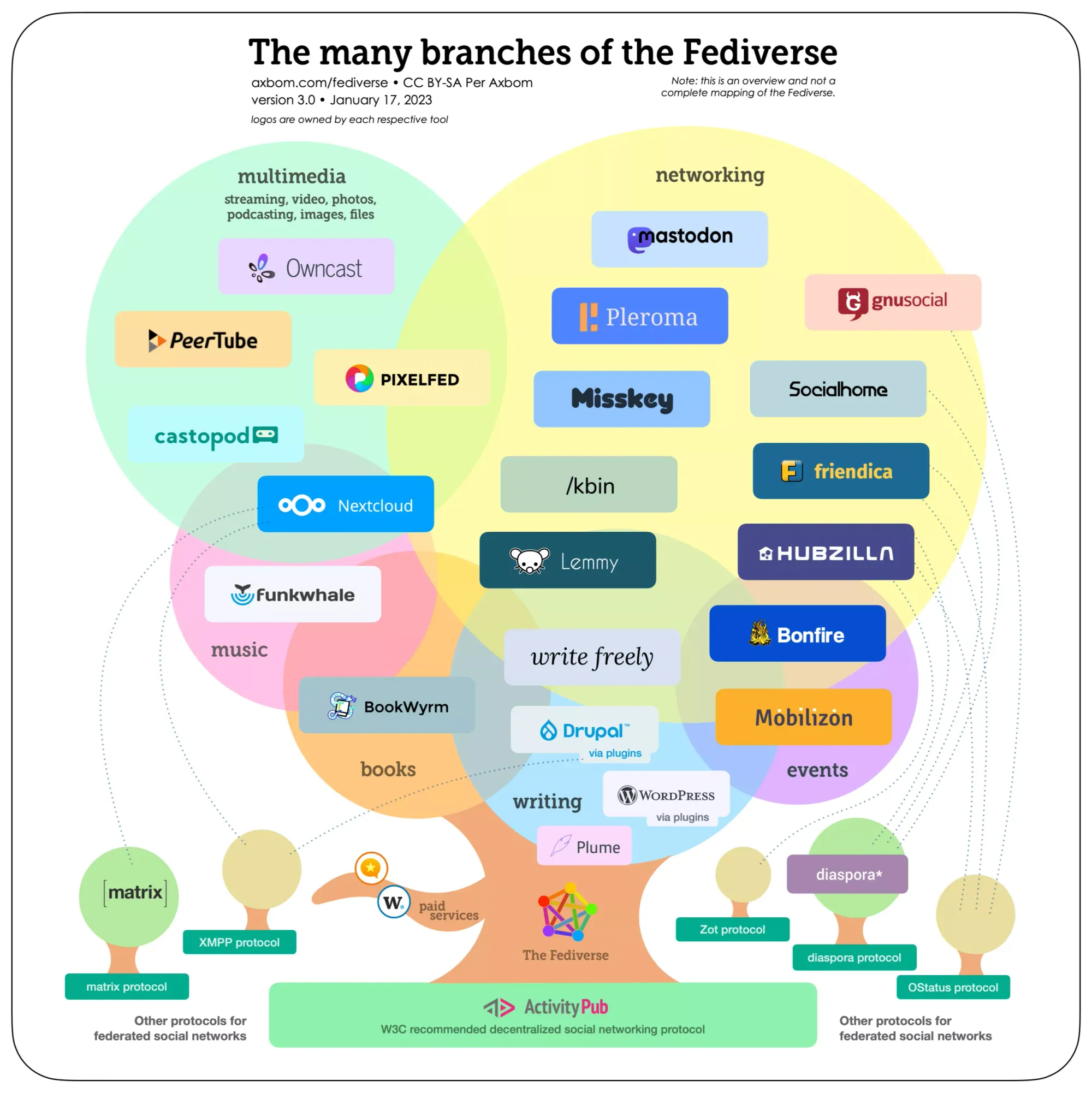-
Threads, Meta's latest mobile app, is positioned as a text-based social media platform and is considered a potential rival to Twitter.
-
The app launched as a surprise, shortly after Twitter announced a policy limiting users' daily view of tweets, indicating a strategic move by Meta.
-
While Threads resembles Twitter, there's a larger ambition at play: Meta aims to tap into "The Fediverse," a community of interconnected social media platforms built on open web protocols.
.jpg)
Threads was launched yesterday, what is it actually?
Threads, Meta's latest mobile app, was launched yesterday (July 6th). Positioned as a text-based social media platform, it's being seen as Twitter’s rival, particularly following Twitter's recent announcement of a "temporary" policy limiting users' daily view of tweets. Interestingly, Threads launched just two days after Twitter's policy update, which could be interpreted as a strategic move by Meta. Threads is believed to have been originally scheduled to roll out later this month instead of July 6th.

In terms of functionality, Threads operates similarly to Twitter, allowing users to easily post text-based threads and insert photos and videos. The two mobile apps even share a similar layout. However, Threads offers greater flexibility in terms of depth of content, allowing up to 500 characters compared to Twitter's 280, as well as 5 minute video, rather than Twitter’s 2 minutes 20 seconds. The early rollout date has resulted in a less comprehensive app, as features like hashtags and direct messaging are yet to be enabled, and users have noticed a slower than average loading time. These observations suggest that the sudden launch of Threads is an ad-hoc response to Twitter's unpopular policy change.

On the other hand, Threads offers a seamless onboarding experience by allowing the over 2.35 billion monthly active Instagram users to instantly sync their profile details to the app. This integration with Instagram has proven to be advantageous, as Threads attracted over 10 million sign-ups within hours of its launch, including celebrities from around the world and local Hong Kong celebrities. Notably, Mark Zuckerberg himself has been highly engaged with the app, actively responding to various threads. While he has yet to post his own thread, he recently revealed his ambitious master plan for Threads in one of his replies:
“See if can get it on a clear path to 1 billion people”
.jpg)
Recently a Twitter user with the handle DogeDesigner (@cb_doge) mocked Meta’s new Threads app with his latest post. Elon Musk has reacted to the post with a face with tears of joy emoji.
So is it really just another Twitter?
While the current offering might appear similar to Twitter, attentive users during the onboarding process may notice a term that stands out: "The Fediverse." We believe this is where Meta's true ambition for Threads lies, beyond the battle between Mark Zuckerberg and Elon Musk.
The Fediverse, short for "federated universe," is a community of social media platforms built on open web protocols and standards. It enables interconnectivity between different platforms, allowing users to interact with each other as if they were on the same network, regardless of the specific platform they use.
The Fediverse champions decentralization, granting users more control over their data and the ability to choose platforms that align with their preferences and values. Users can even establish their own "instances," individual servers or installations of specific platforms. Each instance operates independently, with its own domain name, administrators, rules, moderation policies, and community guidelines. This setup empowers users to select instances that suit them while retaining the ability to connect with users on other instances or platforms within the Fediverse.
Despite its decentralised nature, the Fediverse does not necessarily run on blockchain. While both the Fediverse and blockchain aim to provide decentralized solutions, they operate on different principles and technologies.
Common protocols, such as ActivityPub, form the foundation of the Fediverse. They enable users to follow and interact with users on different platforms, share posts and media, and engage in discussions across the entire Fediverse.
If we envision the current popular social media platforms operating within the Fediverse, employing a common protocol, it would mean that a user on YouTube could stay on YouTube, the video-based platform, while simultaneously accessing and interacting with text-based or photo-based content from following users on Instagram, Facebook, and Twitter. This seamless integration would enable cross-platform interactions and enhance the overall user experience within the Fediverse.

Although Threads currently highlights the Fediverse, it is not yet interconnected with existing Fediverse platforms like Mastodon (a Twitter-like microblogging platform), PeerTube (a decentralized video hosting platform), or Pixelfed (an image-sharing platform akin to Instagram). The integration of Threads with a common protocol remains uncertain—whether it will adopt an existing one or create a new one is unknown.
As Meta, the social media giant, subtly announces its entry into the arena, how it will revolutionize the Fediverse or the traditional social media landscape remains to be seen. Only time will tell.